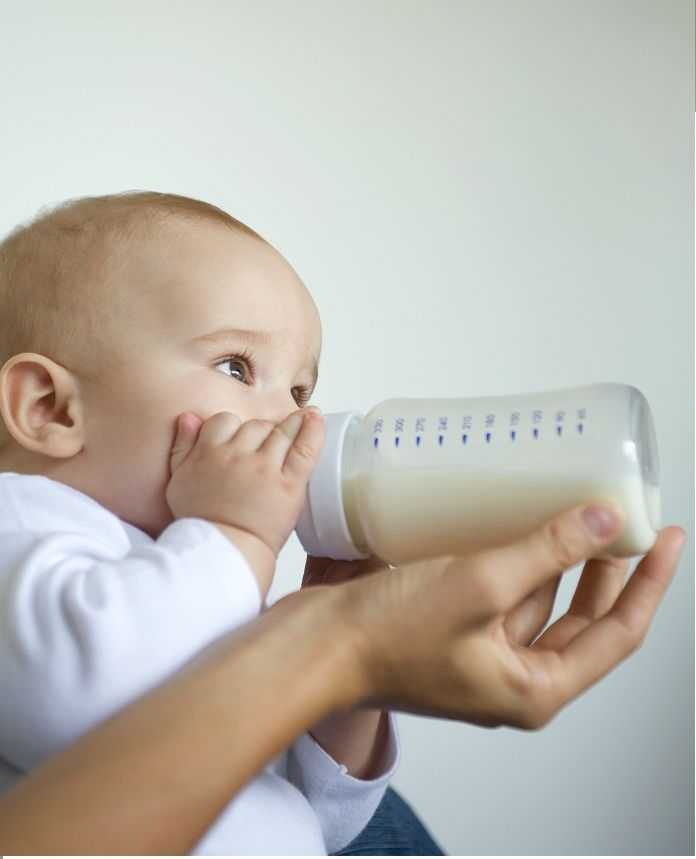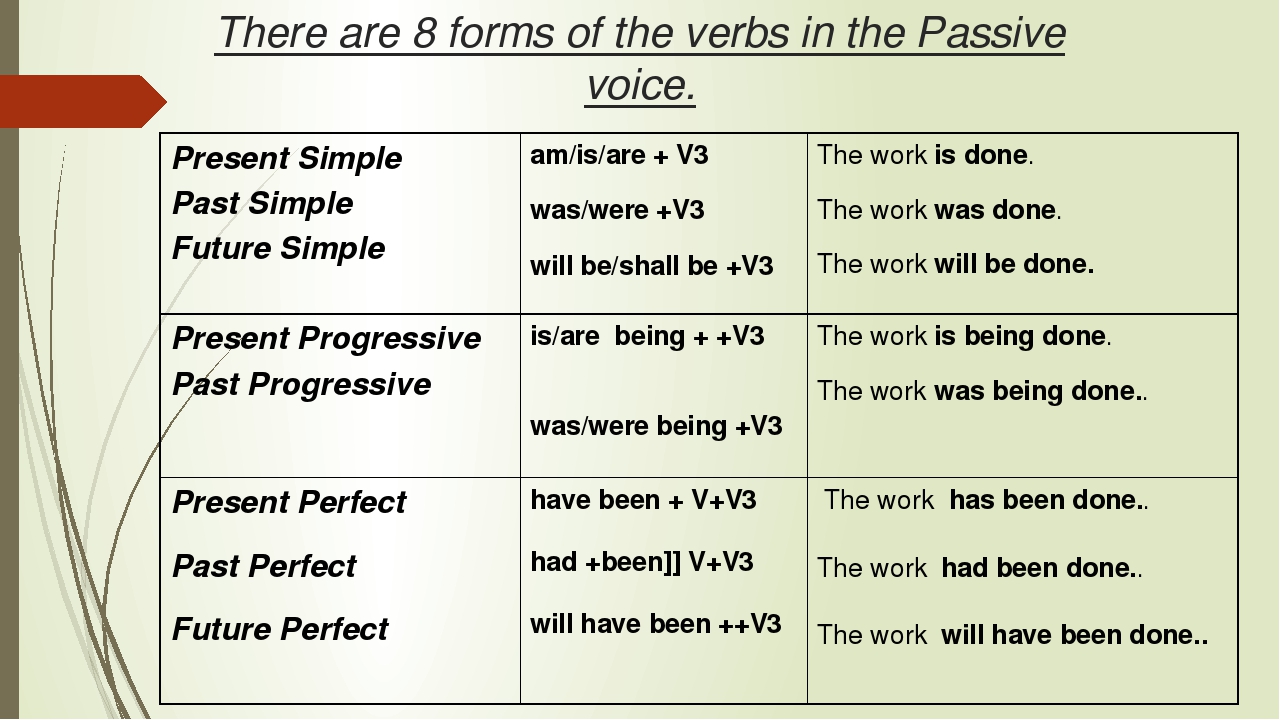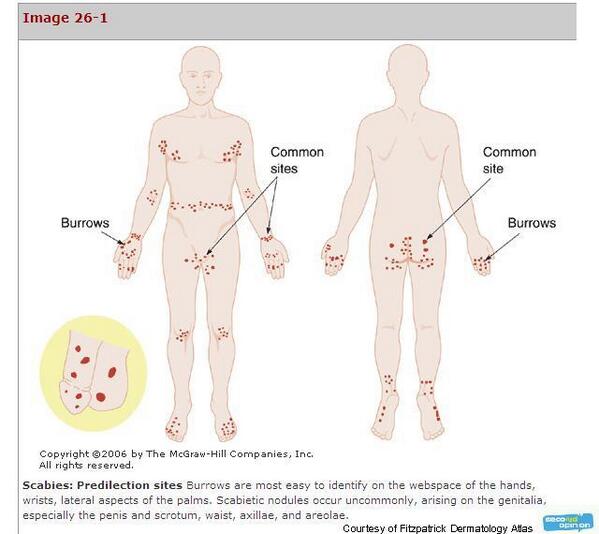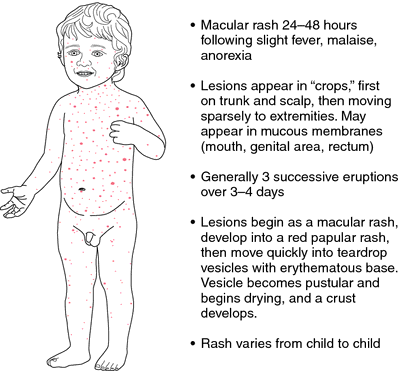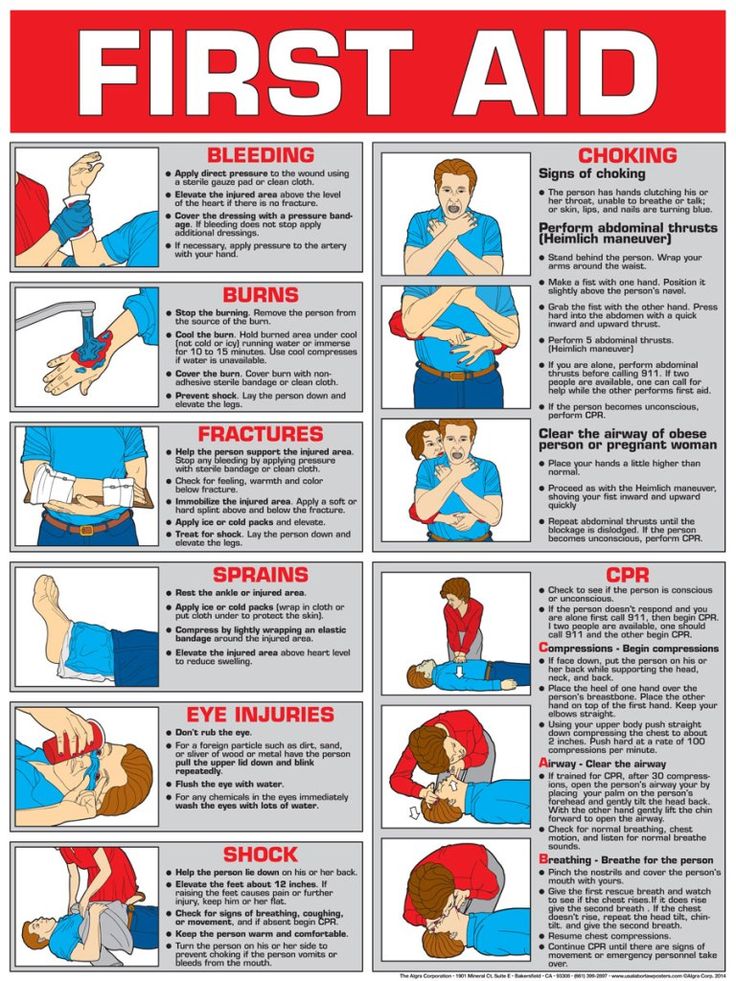Baby drinking milk of mother
Nursing Your Baby What You Eat and Drink Matters
Human breast milk is the perfect nutrition source for an infant. It strikes a balance of carbohydrates, protein, fat, water and other nutrients. It's easily digested and absorbed, and its composition naturally changes as a baby's developmental needs change.
Mother's milk is rich in antibodies, it builds a baby's immune system into a robust defense force, and seems to support establishment of health-supporting bacteria in a baby’s digestive tract. But does what a mother eats or drinks impact the milk she breastfeeds her child?
While nursing babies are unlikely to develop a food allergy from breastfeeding, some foods may not agree with the infant. Some foods that may cause an infant to be fussy during feedings are: spicy foods or gas-producing vegetables such as cabbage and broccoli. If this happens, avoid that particular temporarily and try it again when your baby is a little older.
Keep Hydrated
As a nursing mother, you need about 16 cups per day of water, which can come from food, beverages and drinking water, to compensate for the extra water that is used to make milk. One way to help you get the fluids you need is to drink a large glass of water each time you breastfeed your baby.
Babies typically do not need anything but their mothers’ milk to stay hydrated.
If your infant appears dehydrated due to vomiting or diarrhea that lasts 24 hours or more, consult your baby’s doctor.
What about Caffeine?
A mother who drinks small amounts of caffeine throughout the day is unlikely to affect her nursing newborn's sleep patterns; however, breastfeeding women should discuss their intake with a health care provider.
Alcohol during Nursing
If you breastfeed, it's best to abstain from alcohol or discuss it first with a health care provider. If your baby's breastfeeding behavior is well established, consistent, and predictable, a mother who is of legal drinking age may consume a single alcoholic drink if she then waits four hours or longer before breastfeeding (no earlier than at 3 months of age). Many women have heard that drinking beer increases milk supply, but this is not true.
If you do decide to have that glass of wine or beer, there are some steps you can take to make sure it does not interfere with nursing. To ward off dehydration, be sure to drink a glass of water in addition to the alcoholic drink.
And because it can take a few hours for alcohol to fully clear from your body, preparation and timing of a nursing mother's drink is key. Time your drink so that your baby won't be nursing for a few hours afterwards by having it right after a feeding, for example, or during one of your baby's longer stretches of sleep. Another option would be for you to bottle-feed your baby previously expressed breast milk.
Is Fish OK?
Fish and seafood provide important nutrients. To reduce your exposure to known chemical contaminants such as mercury, avoid eating large bottom-dwelling fish while breastfeeding. Examples of fish to avoid include shark, swordfish, king mackerel, marlin, orange roughy and tilefish. Eight to 12 ounces of a variety of lower mercury fish every week is recommended with a maximum of 6 ounces white (albacore) tuna per week.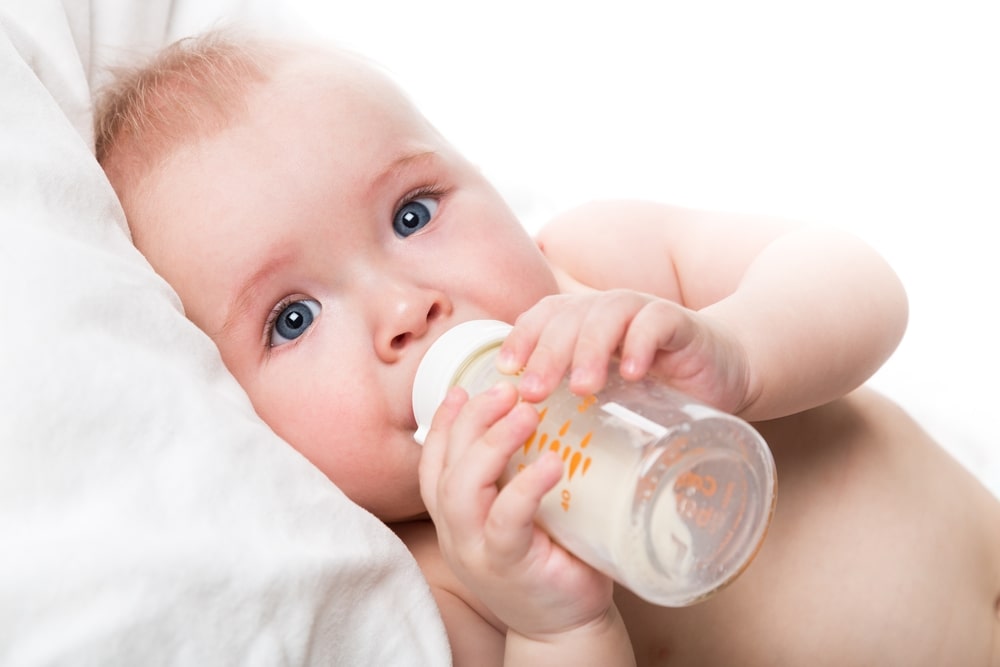 Check local advisories about eating locally caught fish. If no advice is posted, limit your intake of locally caught fish to 4 ounces per week and consume no other fish during that same week.
Check local advisories about eating locally caught fish. If no advice is posted, limit your intake of locally caught fish to 4 ounces per week and consume no other fish during that same week.
What to Do if an Infant or Child Is Mistakenly Fed Another Woman's Expressed Breast Milk | Breastfeeding
- Potential Concerns Related to Breast Milk Mix-Ups
- Prevent Milk Mix-Ups
Despite significant efforts to prevent mix-ups, occasionally, expressed breast milk from a mother is given to another mother’s child in error. If a child is mistakenly fed another child’s bottle of expressed breast milk, such as in a childcare setting, sensitivity should be taken with both families to minimize fear and steps should be taken to appropriately manage the situation in a timely manner.
Few illnesses are transmitted via breast milk, and in fact, the unique properties of breast milk help protect infants from colds and other typical childhood viruses. Nonetheless, both families need to be notified when there is a milk mix-up, and they should be informed that the risk of transmission of infectious diseases via breast milk is small.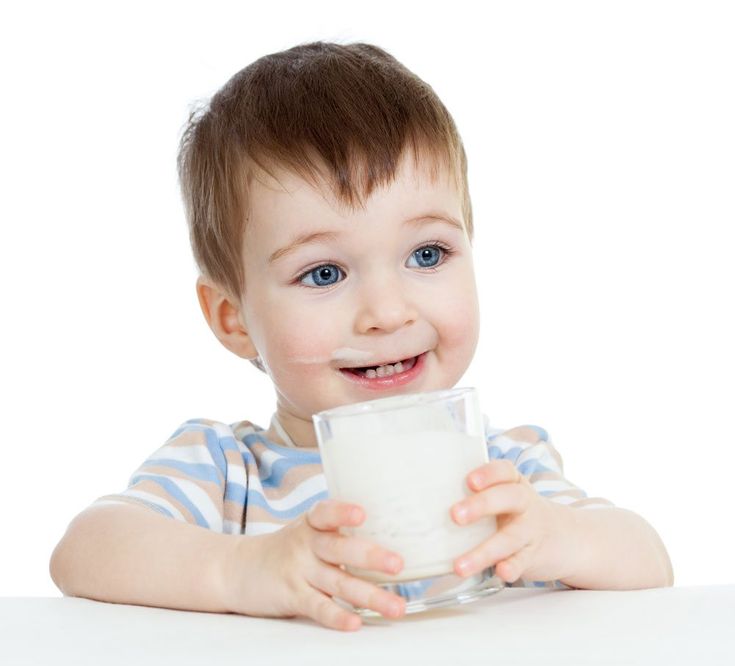
CDC’s experts recommend health care and childcare providers take specific actions as soon as possible after this kind of error to prevent adverse health consequences. If a child is mistakenly fed another child’s bottle of expressed breast milk, follow these steps:
- Inform the mother whose breast milk was given to another child, and ask her:
- When was the breast milk expressed and how was it handled prior to being delivered to the caretaker or facility?
- Would she be willing to share information about her current medication use, recent infectious disease history, and presence of cracked or bleeding nipples during milk expression with the other family or the child’s pediatrician?
- Discuss the event with the parent(s) or guardian(s) of the child who was given another mother’s milk:
- Inform them that their child was given another mother’s expressed breast milk.
- Inform them that the risk of transmission of infectious diseases is small.

- If possible, provide the family with information on when the milk was expressed and how the milk was handled prior to its being delivered to the caretaker.
- Encourage the parent(s) or guardian(s) to notify the child’s physician of the situation and share any specific details known.
When a milk mix-up occurs, any decisions about medical management and diagnostic testing of the infant who received another mother’s milk should be based on the details of the individual situation and be determined collaboratively between the infant’s physician and parent(s) or guardian(s).
Top of Page
Potential Concerns Related to Breast Milk Mix-Ups
Concerns about potential exposure to human immunodeficiency virus (HIV)
Routine prenatal care in the United States includes laboratory testing for sexually transmitted infections (STIs) and HIV. Most women living with HIV are identified prior to or during their maternity hospital stay. In the United States, women with HIV are advised not to breastfeed their infants. As such, it is unlikely that a mother living with HIV would be providing expressed milk for her own child at a child care center. In addition, the risk of mother-to-child transmission for whom a single bottle of another mother’s milk was fed is very low. The CDC is unaware of any evidence of transmission of HIV to a child via a single exposure to another mother’s milk.
As such, it is unlikely that a mother living with HIV would be providing expressed milk for her own child at a child care center. In addition, the risk of mother-to-child transmission for whom a single bottle of another mother’s milk was fed is very low. The CDC is unaware of any evidence of transmission of HIV to a child via a single exposure to another mother’s milk.
Concerns about potential exposure to hepatitis B and C viruses
Hepatitis B and C cannot be spread from a woman to a child through breastfeeding or close contact unless there is exposure to blood. It is very unlikely that a child would be at risk for hepatitis B or C by receiving another mother’s breast milk. Furthermore, with regard to hepatitis B (there is no vaccine for hepatitis C), most infants have already received at least one dose of the hepatitis B vaccine shortly after birth, the second dose between 1-2 months of age, and the third dose between 6-18 months of age. However, infants who have not been vaccinated, or infants whose vaccine schedule was interrupted, should be vaccinated according to the Advisory Committee on Immunization Practices’ hepatitis B vaccine recommendations as soon as possible.
There is no evidence that breastfeeding spreads hepatitis C virus.
Concerns about potential exposure to medications
Although many medications do pass into breast milk, most have little or no effect on infant well-being. Few medications are contraindicated while breastfeeding and risk of adverse effects from a single exposure to a medication through breast milk is very low.
Top of Page
Prevent Milk Mix-Ups
To help prevent milk mix-ups, childcare facilities should review and update their policies and practices for storing and handling breast milk, as well as training (or retraining) all childcare facility staff in safe storage and handling of breast milk. In addition to clearly labeling expressed breast milk with the child’s name, some facilities use strategies such as putting different colored rubber bands around the bottles for different infants and using separate bins for each infant’s bottles of milk.
Breastfeeding in the first month: what to expect
Not sure how to establish lactation and increase milk production? If you need help, support, or just want to know what to expect, read our first month breastfeeding advice
Share this information
The first weeks of breastfeeding are a very stressful period. If at times you feel like you can't handle it, know that you are not alone. Feeding your baby all day long is completely natural and helps produce breast milk, but can be quite tiring at times. Be patient, think about yourself and remember: after the first month, when milk production stabilizes, it will become easier. nine0003
If at times you feel like you can't handle it, know that you are not alone. Feeding your baby all day long is completely natural and helps produce breast milk, but can be quite tiring at times. Be patient, think about yourself and remember: after the first month, when milk production stabilizes, it will become easier. nine0003
How often should a baby be breastfed?
Babies are born with a small stomach that grows rapidly with increasing milk production: in the first week it is no larger than an apricot, and after two weeks it is already the size of a large chicken egg. 1.2 Let the child eat as much as he wants and when he wants. This will help him quickly regain the weight lost after birth and grow and develop further.
“Be prepared to feed every two to three hours throughout the day. At night, the intervals between feedings can be longer: three to four or even five hours, says Cathy Garbin, a recognized international expert on breastfeeding. Some eat quickly and are satiated in 15 minutes, while others take an entire hour to feed. Do not compare your breastfeeding regimen with that of other mothers - it is very likely that there will be nothing in common between them. nine0003
Do not compare your breastfeeding regimen with that of other mothers - it is very likely that there will be nothing in common between them. nine0003
At each feed, give your baby a full meal from one breast and then offer a second one, but don't worry if the baby doesn't take it. When the baby is full, he lets go of his chest and at the same time looks relaxed and satisfied - so much so that he can immediately fall asleep. The next time you feed, start on the other breast. You can monitor the order of the mammary glands during feeding using a special application.
Why does the child always ask for a breast?
The first month is usually the hardest time to breastfeed. But do not think that because the baby is constantly hungry and asks for a breast almost every 45 minutes, then you do not have enough milk. nine0003
In the first month, the baby needs to eat frequently to start and stimulate the mother's milk production. It lays the foundation for a stable milk supply in the future. 3
3
In addition, we must not forget that the child needs almost constant contact with the mother. The bright light and noise of the surrounding world at first frighten the baby, and only by clinging to his mother, he can calm down.
Sarah, mother of three from the UK, confirms: “Crying is not always a sign of hunger. Sometimes my kids just wanted me to be around and begged for breasts to calm them down. Use a sling. Place the cradle next to the bed. Don't look at the clock. Take advantage of every opportunity to relax. Forget about cleaning. Let those around you take care of you. And not three days, but six weeks at least! Hug your baby, enjoy the comfort - and trust your body." nine0003
Do I need to feed my baby on a schedule?
Your baby is still too young for a strict daily routine, so
forget about breastfeeding schedules and focus on his needs.
“Volumes have been written about how to feed a baby on a schedule, but babies don't read or understand books,” Cathy says.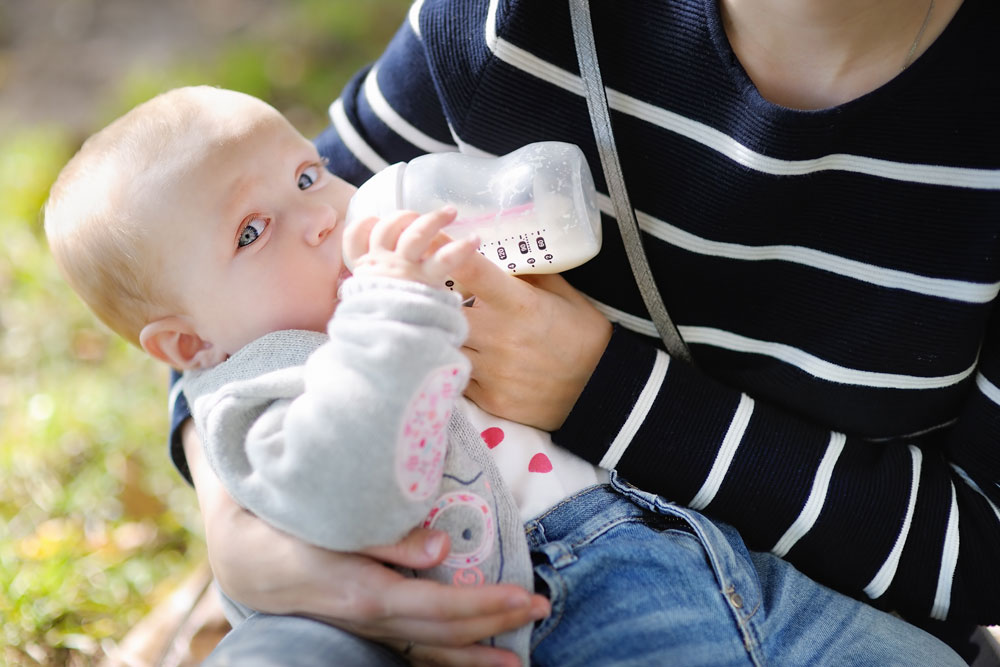 - All children are different. Some people can eat on a schedule, but most can't. Most often, over time, the child develops his own schedule.
- All children are different. Some people can eat on a schedule, but most can't. Most often, over time, the child develops his own schedule.
Some mothers report that their babies are fine with scheduled feedings, but they are most likely just the few babies who would eat every four hours anyway. Adults rarely eat and drink the same foods at the same time of day - so why do we expect this from toddlers?
Offer your baby the breast at the first sign of hunger. Crying is already the last stage, so be attentive to early signs: the baby licks his lips, opens his mouth, sucks his fist, turns his head with his mouth open - looking for the breast. nine0013 4
What is a "milk flush"?
At the beginning of each feed, a hungry baby actively sucks on the nipple,
thereby stimulating the milk flow reflex - the movement of milk through the milk ducts. 5
“Nipple stimulation triggers the release of the hormone oxytocin,” explains Cathy.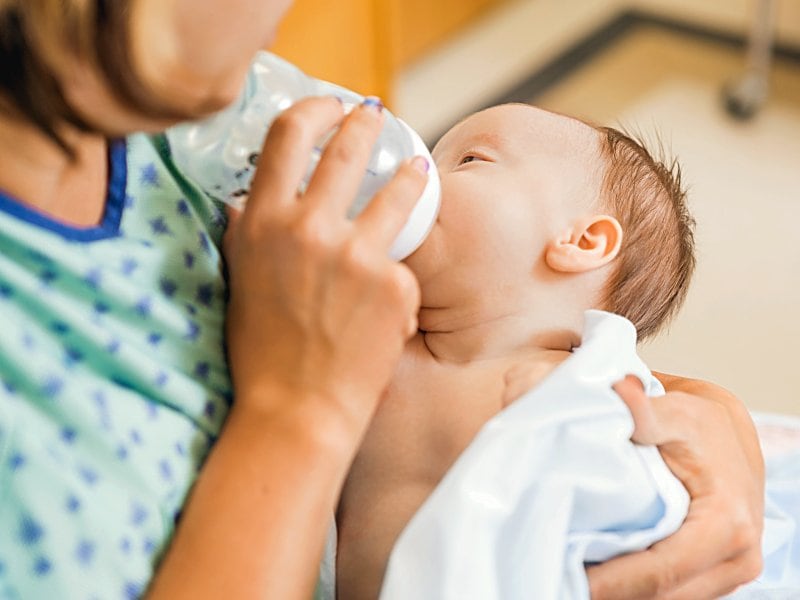 “Oxytocin is distributed throughout the body and causes the muscles around the milk-producing glands to contract and the milk ducts to dilate. This stimulates the flow of milk. nine0003
“Oxytocin is distributed throughout the body and causes the muscles around the milk-producing glands to contract and the milk ducts to dilate. This stimulates the flow of milk. nine0003
If the flushing reflex fails, milk will not come out. This is a hormonal response, and under stress it may not work at all or work poorly. Therefore, it is so important that you feel comfortable and calm when feeding.
“Studies show that each mother has a different rhythm of hot flashes during one feed,” Kathy continues, “Oxytocin is a short-acting hormone, it breaks down in just 30-40 seconds after formation. Milk begins to flow, the baby eats, the effect of oxytocin ends, but then a new rush of milk occurs, the baby continues to suckle the breast, and this process is repeated cyclically. That is why, during feeding, the child periodically stops and rests - this is how nature intended. nine0003
The flow of milk may be accompanied by a strong sensation of movement or tingling in the chest, although 21% of mothers, according to surveys, do not feel anything at all.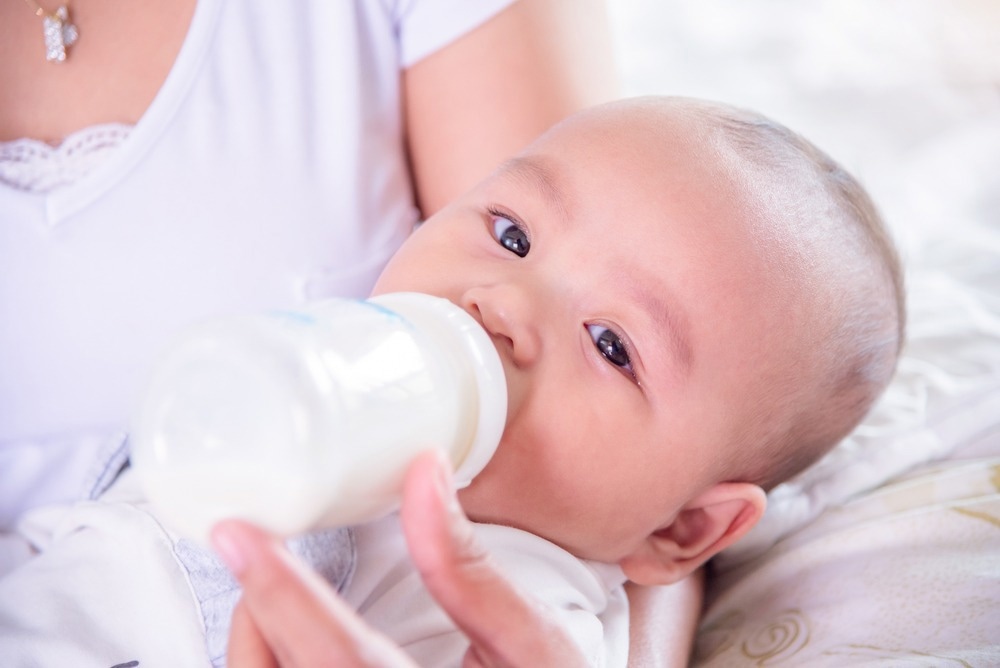 5 Cathy explains: “Many women only feel the first rush of milk. If you do not feel hot flashes, do not worry: since the child eats normally, most likely, you simply do not understand that they are.
5 Cathy explains: “Many women only feel the first rush of milk. If you do not feel hot flashes, do not worry: since the child eats normally, most likely, you simply do not understand that they are.
How do you know if a baby is getting enough milk?
Since it is impossible to track how much milk a baby eats while breastfeeding, mothers sometimes worry that the baby is malnourished. Trust your child and your body. nine0003
After a rush of milk, the baby usually begins to suckle more slowly. Some mothers clearly hear how the baby swallows, others do not notice it. But one way or another, the child himself will show when he is full - just watch carefully. Many babies make two or three approaches to the breast at one feeding. 6
“When a child has had enough, it is noticeable almost immediately: a kind of “milk intoxication” sets in. The baby is relaxed and makes it clear with his whole body that he is completely full, says Katie, “Diapers are another great way to assess whether the baby is getting enough milk. During this period, a breastfed baby should have at least five wet diapers a day and at least two portions of soft yellow stool, and often more.” nine0003
During this period, a breastfed baby should have at least five wet diapers a day and at least two portions of soft yellow stool, and often more.” nine0003
From one month until weaning at six months of age, a baby's stool (if exclusively breastfed) should look the same every day: yellow, grainy, loose, and watery.
When is the child's birth weight restored?
Most newborns lose weight in the first few days of life. This is normal and should not be cause for concern. As a rule, weight is reduced by 5-7%, although some may lose up to 10%. One way or another, by 10–14 days, almost all newborns regain their birth weight. In the first three to four months, the minimum expected weight gain is an average of 150 grams per week. But one week the child may gain weight faster, and the next slower, so it is necessary that the attending physician monitor the health and growth of the baby constantly. nine0013 7.8
At the slightest doubt or signs of dehydration, such as
dark urine, no stool for more than 24 hours, retraction of the fontanel (soft spot on the head), yellowing of the skin, drowsiness, lethargy, lack of appetite (ability to four to six hours without feeding), you should immediately consult a doctor. 7
7
What is "cluster feeding"?
When a baby asks to breastfeed very often for several hours, this is called cluster feeding. nine0013 6 The peak often occurs in the evening between 18:00 and 22:00, just when many babies are especially restless and need close contact with their mother. Most often, mothers complain about this in the period from two to nine weeks after childbirth. This is perfectly normal and common behavior as long as the baby is otherwise healthy, eating well, gaining weight normally, and appears content throughout the day. 9
Cluster feeding can be caused by a sharp jump in the development of the body - during this period the baby especially needs love, comfort and a sense of security. The growing brain of a child is so excited that it can be difficult for him to turn off, or it just scares the baby. nine0013 9 If a child is overworked, it is often difficult for him or her to calm down on his own, and adult help is needed.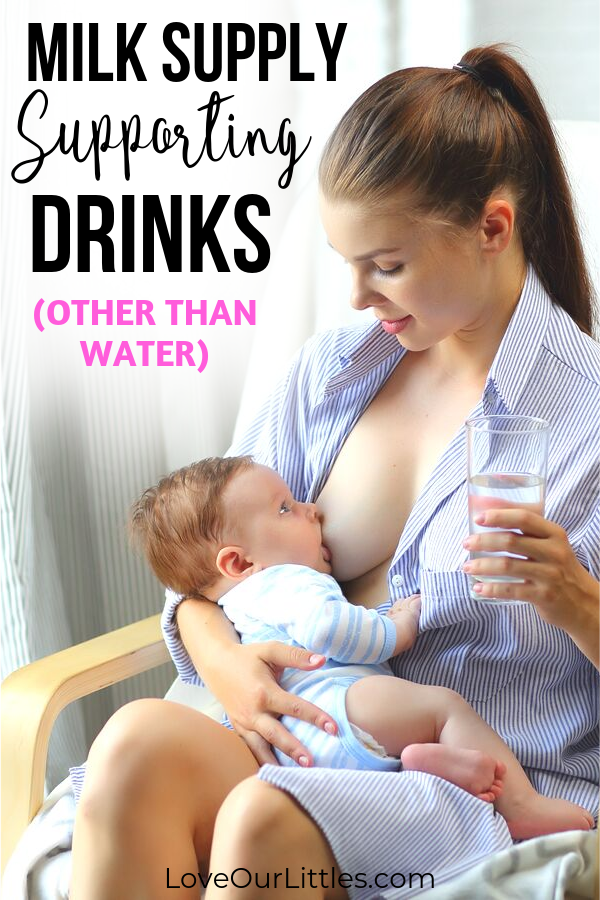 And breastfeeding is the best way to calm the baby, because breast milk is not only food, but also pain reliever and a source of happiness hormones. 10
And breastfeeding is the best way to calm the baby, because breast milk is not only food, but also pain reliever and a source of happiness hormones. 10
“Nobody told me about cluster feeding, so for the first 10 days I just went crazy with worry - I was sure that my milk was not enough for the baby,” recalls Camille, a mother from Australia, “It was a very difficult period . I was advised to pump and supplement until I finally contacted the Australian Breastfeeding Association. There they explained to me what was happening: it turned out that it was not about milk at all. nine0003
Remember, this is temporary. Try to prepare dinner for yourself in the afternoon, when the baby is fast asleep, so that in the evening, when he begins to often breastfeed, you have the opportunity to quickly warm up the food and have a snack. If you are not alone, arrange to carry and rock the baby in turns so that you have the opportunity to rest. If you have no one to turn to for help and you feel that your strength is leaving you, put the baby in the crib and rest for a few minutes, and then pick it up again. nine0003
nine0003
Ask your partner, family and friends to help you with household chores, cooking and caring for older children if you have any. If possible, hire an au pair. Get as much rest as possible, eat well and drink plenty of water.
“My daughter slept a lot during the day, but from 23:00 to 5:00 the cluster feeding period began, which was very tiring,” recalls Jenal, a mother from the USA, “My husband tried his best to make life easier for me - washed, cleaned, cooked, changed diapers, let me sleep at every opportunity and never tired of assuring me that we were doing well. nine0003
If you are concerned about the frequency of breastfeeding, it is worth contacting a specialist. “Check with a lactation consultant or doctor to see if this is indicative of any problems,” recommends Cathy. “Resist the temptation to supplement your baby with formula (unless recommended by your doctor) until you find the cause. It may not be a matter of limited milk production at all - it may be that the child is inefficiently sucking it.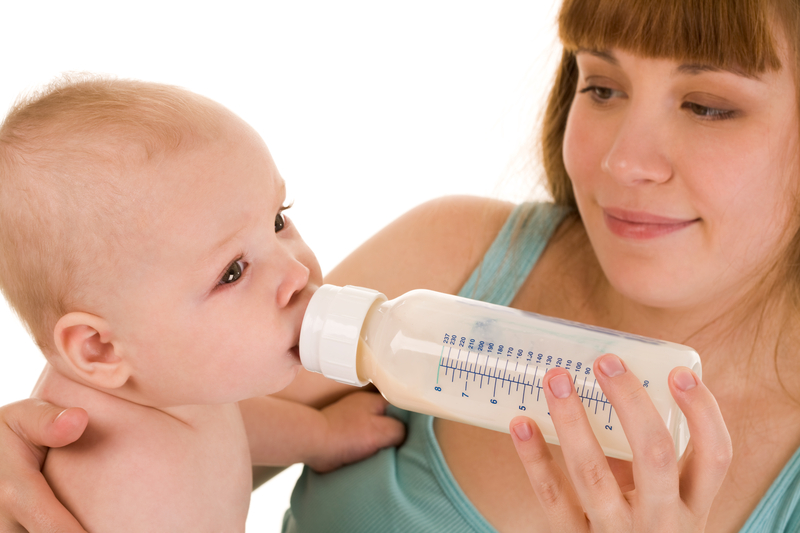
When will breastfeeding become easier? nine0011
This early stage is very special and does not last long. Although sometimes it seems that there will be no end to it, rest assured: it will get easier soon! By the end of the first month, breast milk production will stabilize, and the baby will become stronger and learn to suckle better. 2.3 Any problems with latch on by this time will most likely be resolved and the body will be able to produce milk more efficiently so inflammation and leakage of milk will begin to subside.
“The first four to six weeks are the hardest, but then things start to get better,” Cathy assures. It just needs to be experienced!” nine0003
The longer breastfeeding continues, the more benefits it brings, from saving on formula and improving sleep quality 11–13 to boosting your baby's immune system 14 and reducing your risk of certain cancers. 15
“When you feel like you're pushing yourself, try to go from feed to feed and day to day,” says Hannah, a UK mom.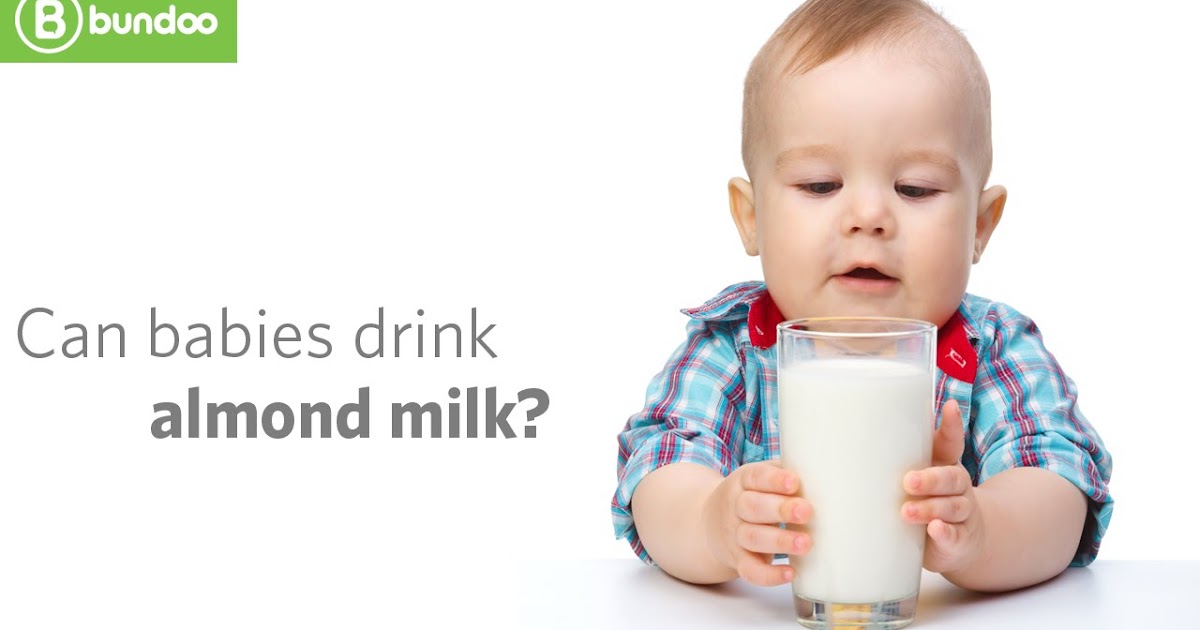 “I was sure I wouldn’t make it to eight weeks. And now I have been breastfeeding for almost 17 weeks, and I dare say it is very easy.” nine0003
“I was sure I wouldn’t make it to eight weeks. And now I have been breastfeeding for almost 17 weeks, and I dare say it is very easy.” nine0003
Read the resource Breastfeeding Beyond the First Month: What to Expect
Literature
1 Naveed M et al. An autopsy study of relationship between perinatal stomach capacity and birth weight. Indian J Gastroenterol .1992;11(4):156-158. - Navid M. et al., Association between prenatal gastric volume and birth weight. Autopsy. Indian J Gastroenterol. 1992;11(4):156-158.
2 Neville MC et al. Studies in human lactation: milk volumes in lactating women during the onset of lactation and full lactation .Am J Clinl Nutr . 1988;48(6):1375-1386. at the beginning and at the peak of lactation." Am F Clean Nutr. 1988;48(6):1375-1386.
3 Kent JC et al. Principles for maintaining or increasing breast milk production. J Obstet , Gynecol , & Neonatal Nurs . 2012;41(1):114-121. - Kent J.S. et al., "Principles for Maintaining and Increasing Milk Production". J Obstet Ginecol Neoneutal Nurs. 2012;41(1):114-121. nine0129
Principles for maintaining or increasing breast milk production. J Obstet , Gynecol , & Neonatal Nurs . 2012;41(1):114-121. - Kent J.S. et al., "Principles for Maintaining and Increasing Milk Production". J Obstet Ginecol Neoneutal Nurs. 2012;41(1):114-121. nine0129
4 Australian Breastfeeding Feeding cues ; 2017 Sep [ cited 2018 Feb ]. - Australian Breastfeeding Association [Internet], Feed Ready Signals; September 2017 [cited February 2018]
5 Kent JC et al. Response of breasts to different stimulation patterns of an electric breast pump. J Human Lact . 2003;19(2):179-186. - Kent J.S. et al., Breast Response to Different Types of Electric Breast Pump Stimulation. J Human Lact (Journal of the International Association of Lactation Consultants). 2003;19(2):179-186.
J Human Lact (Journal of the International Association of Lactation Consultants). 2003;19(2):179-186.
6) Kent JC et al . Volume and frequency of breastfeedings and fat content of breast milk throughout the day. Pediatrics. 2006;117(3): e 387-395. - Kent J.S. et al., "Amount and frequency of breastfeeding and fat content of breast milk during the day." Pediatrix (Pediatrics). 2006;117(3):e387-95.
7 Lawrence RA, Lawrence RM. Breastfeeding: A guide for the medical profession. 7th ed. Maryland Heights MO, USA: Elsevier Mosby; 2010. 1128 p . - Lawrence R.A., Lawrence R.M., "Breastfeeding: A guide for healthcare professionals." Seventh edition. Publisher Maryland Heights , Missouri, USA: Elsevier Mosby; 2010. P. 1128.
8 World Health Organization.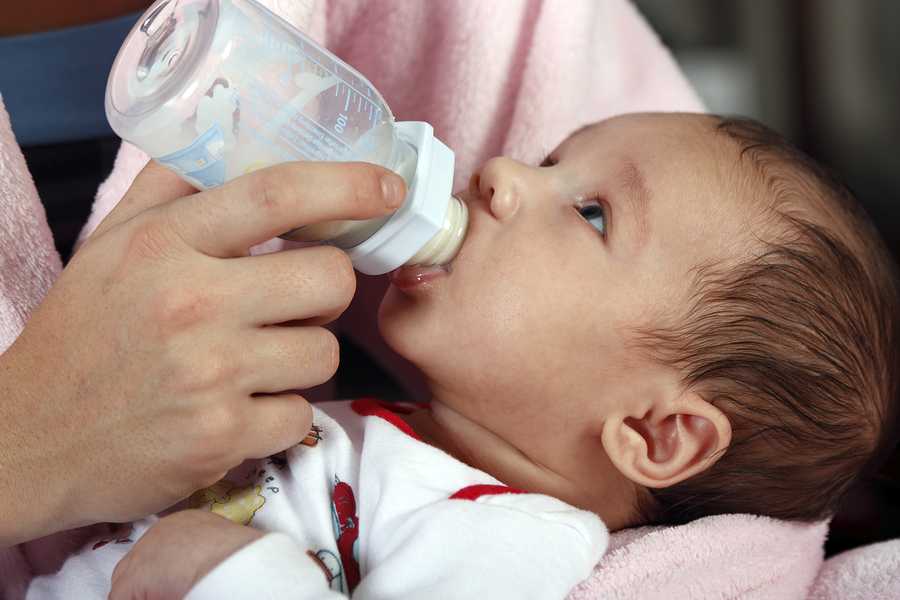 [Internet]. Child growth standards; 2018 [cited 2018 Feb] - World Health Organization. [Internet]. Child Growth Standards 2018 [cited February 2018]. nine0129
[Internet]. Child growth standards; 2018 [cited 2018 Feb] - World Health Organization. [Internet]. Child Growth Standards 2018 [cited February 2018]. nine0129
9 Australian Breastfeeding Association . [ Internet ]. Cluster feeding and fussing babies ; Dec 2017 [ cited 2018 Feb ] - Australian Breastfeeding Association [Internet], Cluster Feeding and Screaming Babies; December 2017 [cited February 2018]. nine0129
10 Moberg KU, Prime DK. Oxytocin effects in mothers and infants during breastfeeding. Infant . 2013;9(6):201-206.- Moberg K, Prime DK, "Oxytocin effects on mother and child during breastfeeding". Infant. 2013;9(6):201-206.
11 U.S. Department of Health & Human Services [Internet]. Surgeon General Breastfeeding factsheet; 2011 Jan 20 [cited 2017 Feb] - Department of Health and Human Services [Internet], "Breastfeeding Facts from the Chief Medical Officer", Jan 20, 2011 [cited Feb 2017]
12 Kendall-Tackett K et al. The effect of feeding method on sleep duration, maternal well-being, and postpartum depression. clinical lactation. 2011;1;2(2):22-26. - Kendall-Tuckett, K. et al., "Influence of feeding pattern on sleep duration, maternal well-being and the development of postpartum depression." Clinical Lactation. 2011;2(2):22-26.
The effect of feeding method on sleep duration, maternal well-being, and postpartum depression. clinical lactation. 2011;1;2(2):22-26. - Kendall-Tuckett, K. et al., "Influence of feeding pattern on sleep duration, maternal well-being and the development of postpartum depression." Clinical Lactation. 2011;2(2):22-26.
13 Brown A, Harries V. Infant sleep and night feeding patterns during later infancy: Association with breastfeeding frequency, daytime complementary food intake, and infant weight. Breast Med . 2015;10(5):246-252. - Brown A., Harris W., "Night feedings and infant sleep in the first year of life and their association with feeding frequency, daytime supplementation, and infant weight." Brest Med (Breastfeeding Medicine). 2015;10(5):246-252.
14 Hassiotou F et al. Maternal and infant infections stimulate a rapid leukocyte response in breastmilk. Clin Transl immunology. 2013;2(4). - Hassiot F. et al., "Infectious diseases of the mother and child stimulate a rapid leukocyte reaction in breast milk." nine0129 Clean Transl Immunology. 2013;2(4):e3.
Clin Transl immunology. 2013;2(4). - Hassiot F. et al., "Infectious diseases of the mother and child stimulate a rapid leukocyte reaction in breast milk." nine0129 Clean Transl Immunology. 2013;2(4):e3.
15 Li DP et al. Breastfeeding and ovarian cancer risk: a systematic review and meta-analysis of 40 epidemiological studies. Asian Pac J Cancer Prev . 2014;15(12):4829-4837. - Lee D.P. et al., Breastfeeding and ovarian cancer risk: a systematic review and meta-analysis of 40 epidemiological studies. Asia Pas J Cancer Prev. 2014;15(12):4829-4837.
Is it worth breastfeeding children until the age of five or even longer?
Sign up for our ”Context” newsletter: it will help you understand the events.
image copyrightGetty Images
Should children be breastfed until the age of five or even longer?
29-year-old Englishwoman Emma Shardlow Hudson, who breastfeeds her five-year-old daughter and two-year-old son, sometimes at the same time, says it is good for their health and that they very rarely get sick due to "the presence of antibodies in milk.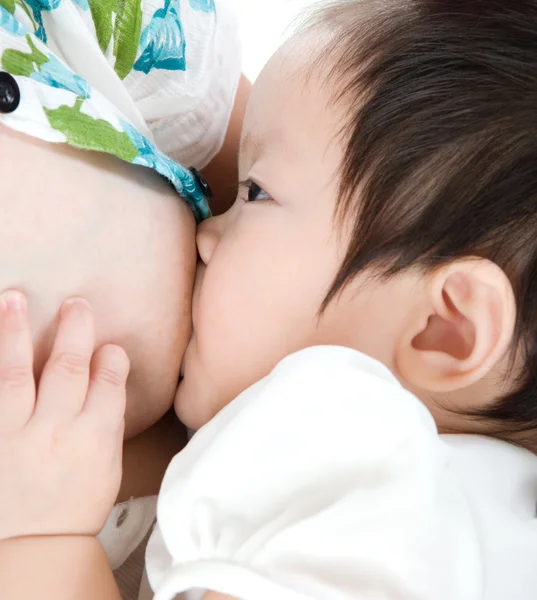 " nine0003
" nine0003
The UK National Health System advises mothers to breastfeed their babies for as long as they both want to.
Women are generally advised to continue breastfeeding for only the first six months, and then gradually add solid foods to the baby's diet.
- Photo of breastfeeding model sparking heated debate
- Politician breastfeeds her baby for the first time in the Australian Parliament
- Pregnancy and childbirth in Britain: free and without a doctor
British breastfeeding
In the UK, about 80% of mothers follow the advice to breastfeed their newborn after birth, but many stop doing so after a few weeks.
Only about a third of six-month-old babies are still getting their mother's milk, and by the first year of their life this figure drops to 0. 5%.
5%.
According to a 2016 international survey, the UK has one of the world's lowest rates of women breastfeeding their babies. nine0003
Experts say that many women simply find it difficult to start breastfeeding and often don't get the hands-on help they need in the first days after birth and with their first child when they're new to breastfeeding.
In addition, many women feel uncomfortable doing this in public places and stop breastfeeding, switching to artificial feeding.
Is there anything better than breasts?
Experts agree that breastfeeding benefits the health of both the baby and the mother.
Breast milk protects the infant from infections, diarrhea and vomiting, and reduces the risk of obesity in adulthood.
For mothers, breastfeeding reduces the risk of developing breast and ovarian cancer in the future.
All this is good, but still - until what age should a child be breastfed?
At the moment, there is not enough scientific evidence to answer this question unequivocally, so only general recommendations are offered to women.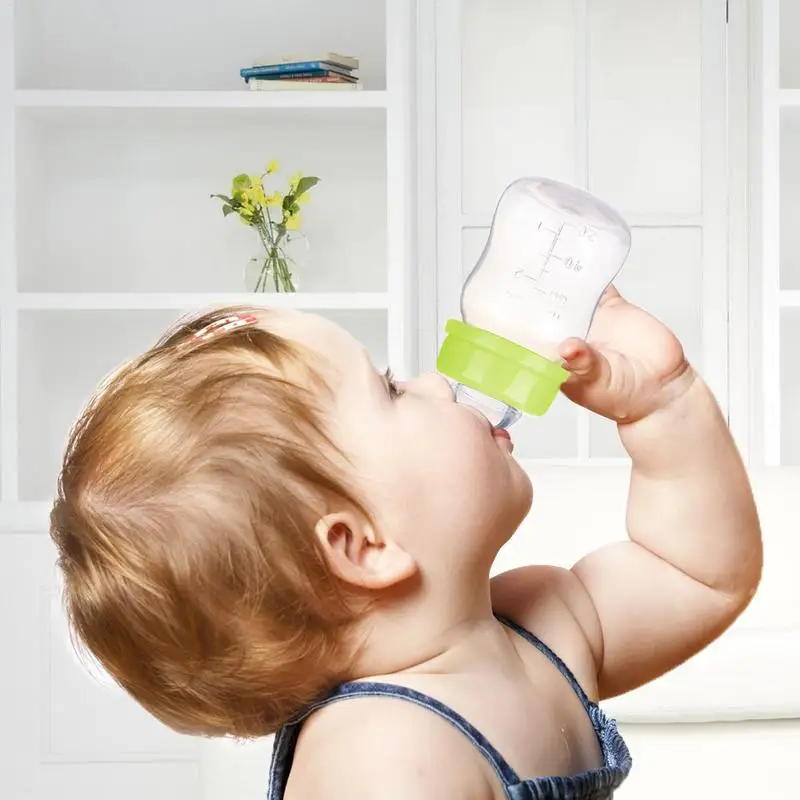 nine0003
nine0003
"It is ideal to breastfeed a baby, along with other foods, until at least the start of the second year," says the UK National Health System website.
Image copyright, Getty Images
Image caption,After the first six months, solid foods other than milk can be gradually introduced to the baby
The World Health Organization believes that breastfeeding should continue at least until the baby is two of the year.
However, Dr. Max Davey of the British Royal Institute of Pediatrics and Child Health believes that there should be a limit to everything, and that breastfeeding should not be continued when it no longer provides any benefits.
"By the age of two, a child should be getting all the nutrients it needs from a normal diet, after that age, there is no additional health benefit from mother's milk," he says.
"It doesn't hurt anything"
A woman's decision to continue or stop breastfeeding is influenced by many factors.